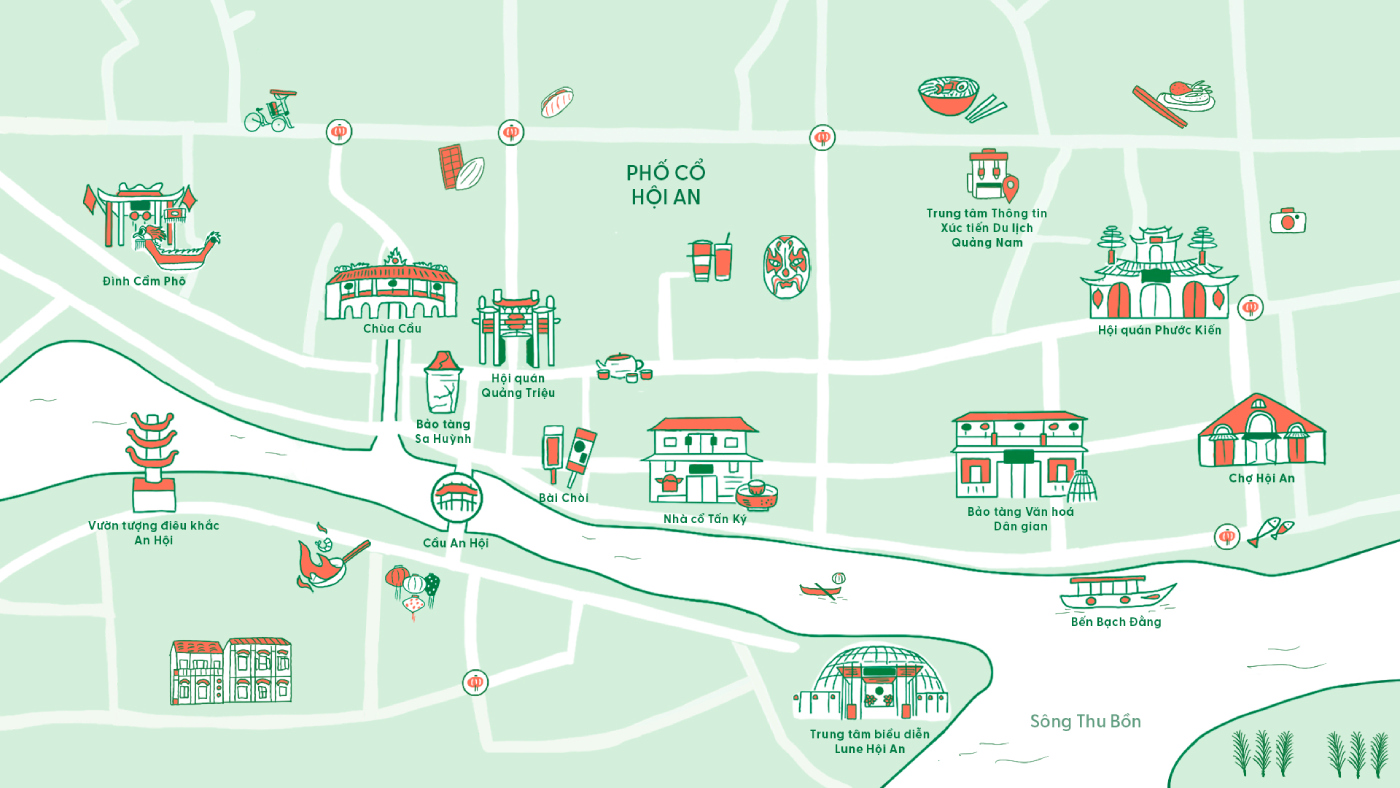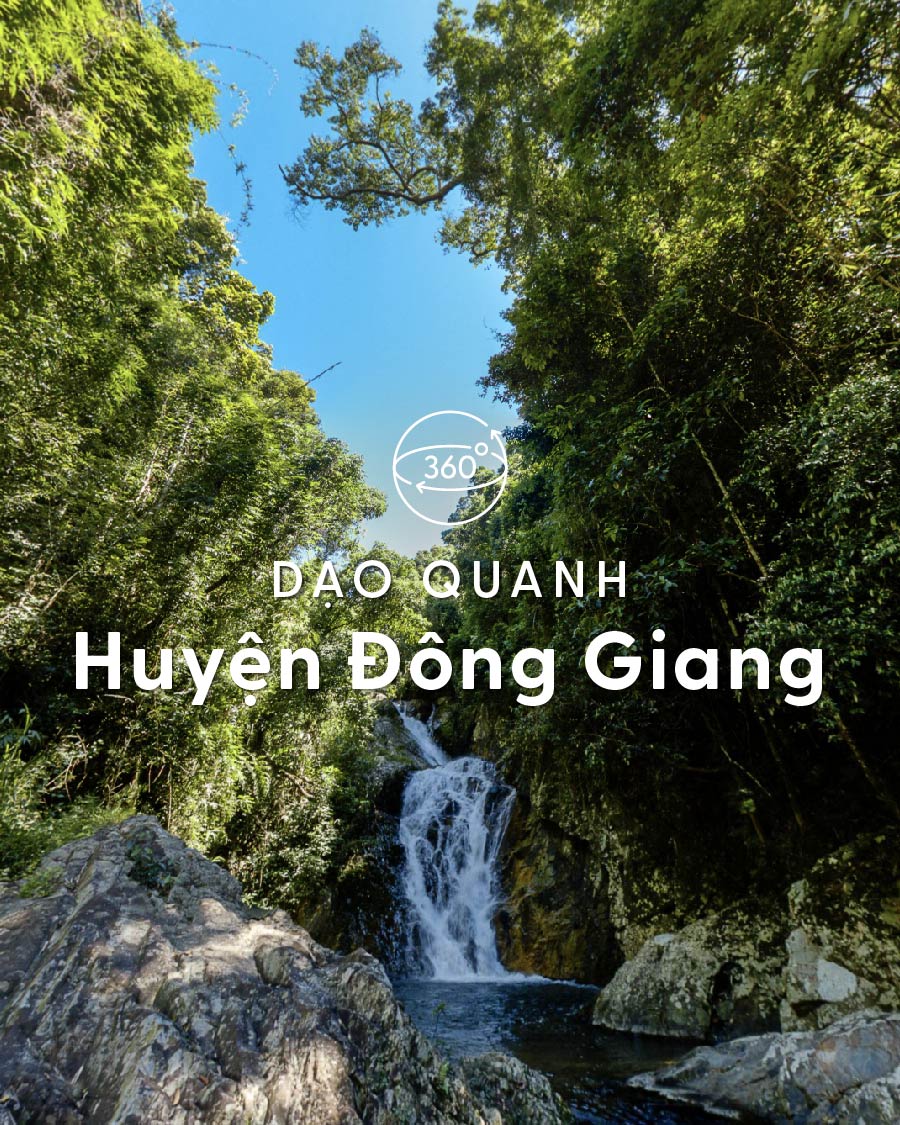Hoi An Ancient Town

Hoi An Ancient Town
This UNESCO World Heritage Site will captivate you with its unique architecture, cultural museums, and narrow alleys.
Bay Mau Nipa Forest
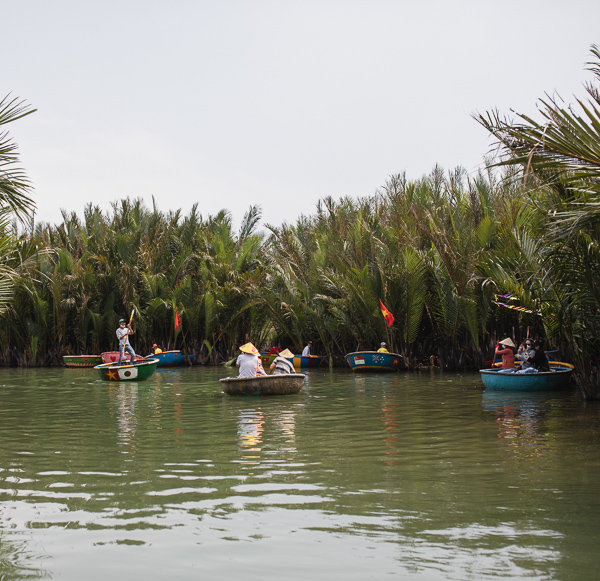
Bay Mau Nipa Forest
Hoi An’s nipa palm forest is a beautiful site to visit, and provides food, shelter, and income for local families.
Kim Bong Woodworking Village

Kim Bong Woodworking Village
Woodworking traditions and techniques have been passed down through generations in this time-honored craft village.
Thanh Ha Pottery Village
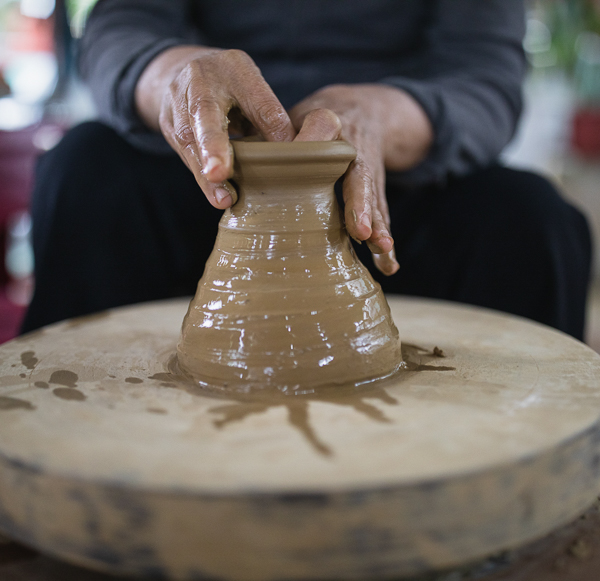
Thanh Ha Pottery Village
Some of Vietnam’s finest potters come from this traditional pottery village along the banks of the Thu Bon River.
Tra Que Vegetable Village
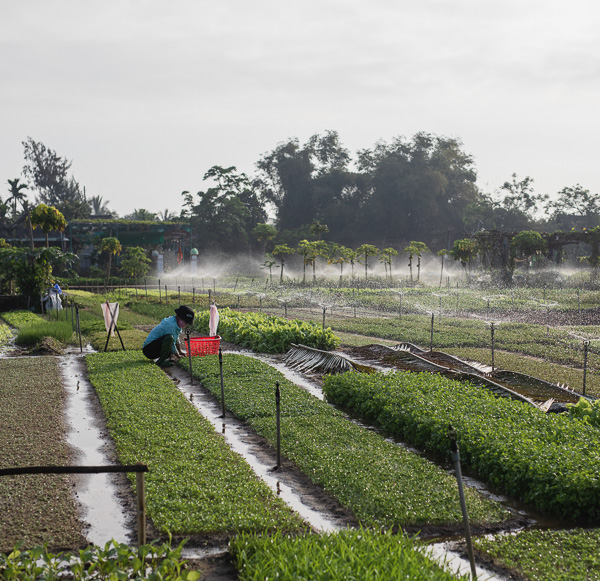
Tra Que Vegetable Village
Hoi An’s farmers cultivate delicate herbs and vegetables by hand using age-old practices on this fertile islet.
Cua Dai Wharf
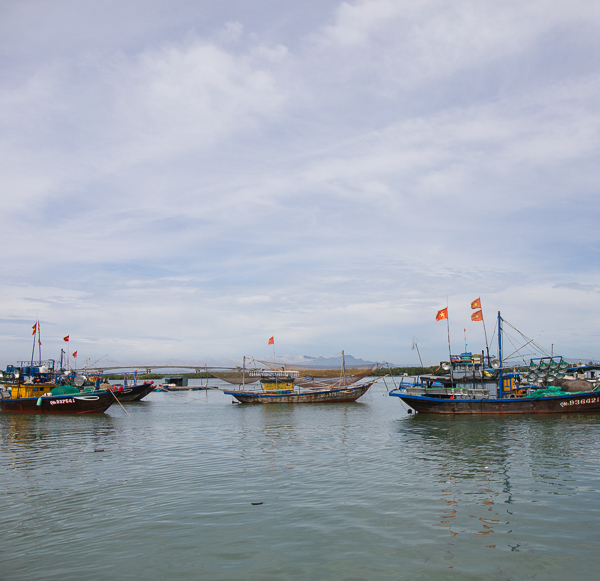
Cua Dai Wharf
Tour boats and ferries leave every day in the summer season for the Cham Islands from this wharf in the Cua Dai Estuary.
Tan Thanh Beach
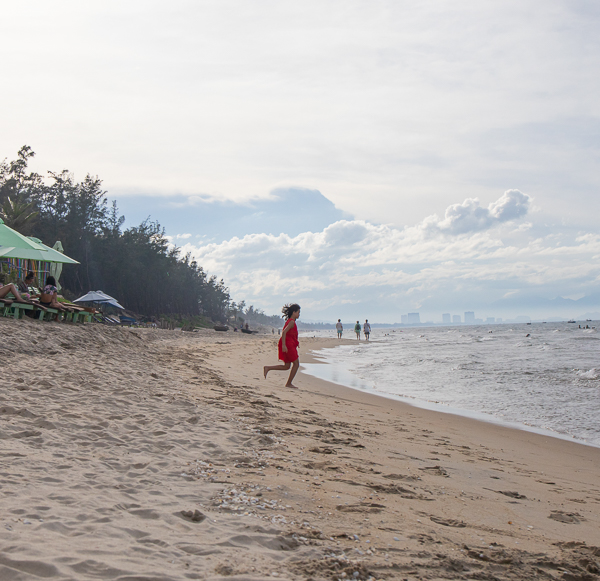
Tan Thanh Beach
This quieter part of the coastline is lined with charming cafes, boutique resorts and breezy restaurants.
An Bang Beach

An Bang Beach
Join the locals on Hoi An’s most popular beach for invigorating swims, fun watersports, and fresh seafood.
Test Places 1



The communal house of Cam Pho village dates back to 1818, and is home to a 200-year-old banyan tree.

Bai Choi is a traditional game from Quang Nam, and is listed by UNESCO as an Intangible Cultural Heritage.

The Hoi An Market is the heart of the city’s food scene. Stroll through to see countless stalls selling fresh produce and dry goods.

The iconic wooden Japanese Bridge is said to have linked the Japanese and Chinese quarters of Hoi An in the early 1600s.

An Hoi Bridge
This walking bridge connects the Ancient Town to An Hoi Islet across the Thu Bon River, and is a top spot for taking photos.

This assembly hall was founded in the 1660s by immigrants from Fujian province. You can’t miss its ornate three-entrance gate.

Completed in 1885, this striking assembly hall served as a community center for Chinese settlers from Guangzhao and Zhaoqing.

This museum showcases insightful information and detailed exhibits on the craft villages and traditional culture of Hoi An.

Tan Ky House
Get a glimpse inside the life of a wealthy Chinese trader at the Tan Ky House, which has been home to the same family for seven generations.

Bach Dang Wharf
Boats come and go all day from this busy wharf, taking passengers to the many small islets in the Thu Bon River.

This museum in a colonial-style house presents special artifacts from the Sa Huynh civilisation, found at archeological sites around Hoi An.

Hoi An is known for its crafts and workshops. Try your hand at painting masks, throwing pottery, or making lanterns.

A leisurely cyclo ride is a fun way to see the streets and shophouses of the Ancient Town. Climb aboard after dark to see the lanterns aglow.

Many charming cafes such as Phin Coffee are hidden in the narrow yellow alleys of Hoi An. Don’t be afraid to explore.

Lanterns are a lasting symbol of Hoi An. You can buy lanterns in the night market or take a lantern-making class to craft your own.

Shopping is always fun in Hoi An. In the Ancient Town you’ll find many stores selling clothes, leather goods, and edible souvenirs.

Don’t miss the chance to try Hoi An-style banh mi. Here, warm and hearty banh mi are made with fresh herbs and smoky chili sauce.

Hoi An’s most famous noodle dish makes the perfect lunch. Dig into chewy noodles, lacy greens, crispy crackers, and barbequed pork.

Decades of Chinese influence in Hoi An can easily be seen in a plate of com ga. Be sure to try this delicious chicken rice dish.

Réhahn Gallery
Enjoy some of the most famous pictures of Vietnam taken by French photographer Rehahn at this gallery near the Ancient Town.

A boat ride is an excellent way to see more of Hoi An’s scenic waterways. Take a wooden motorboat for a sunset cruise or a small sampan after dark.

Reaching Out Teahouse
This beautiful teahouse and social enterprise in the Ancient Town serves premium Vietnamese tea and coffee, and traditional snacks.

There are countless excellent restaurants in Hoi An. Mango Mango is a favorite spot for modern Vietnamese food with a view of the river.

This bustling outdoor market sells everything from Cham Island fish to cinnamon bark. Come in the early morning to see eye-popping produce.

Hoi An’s oldest buildings date to the early 1800s, and still feature beautiful wood carvings, tiled roofs and timber frames.


